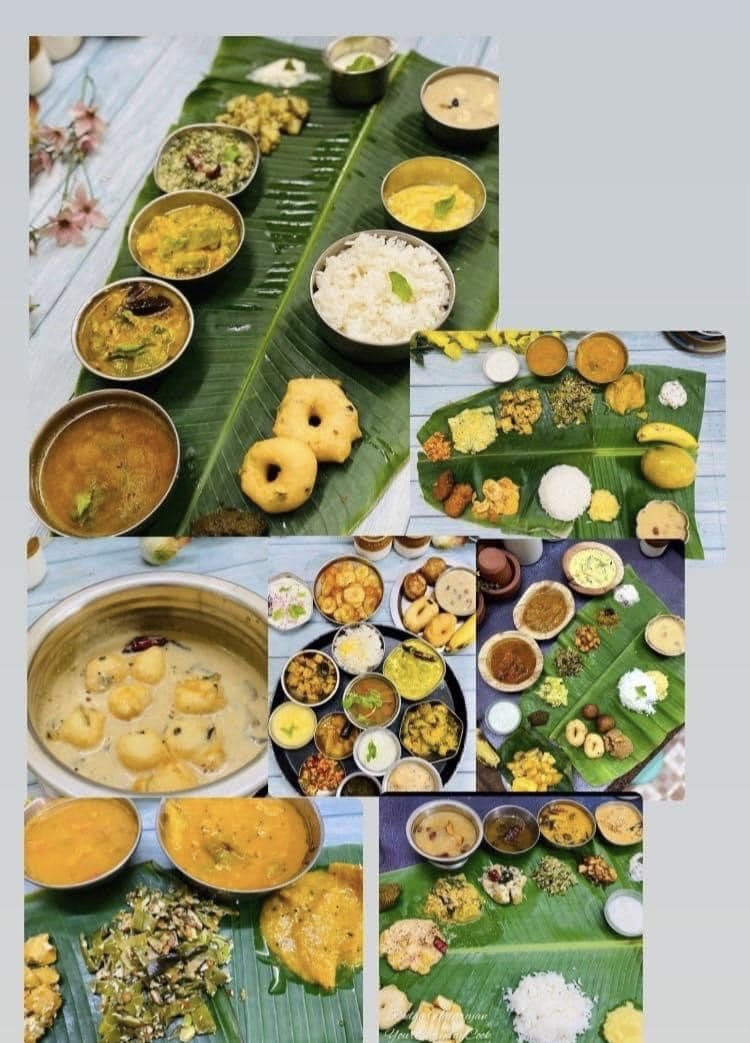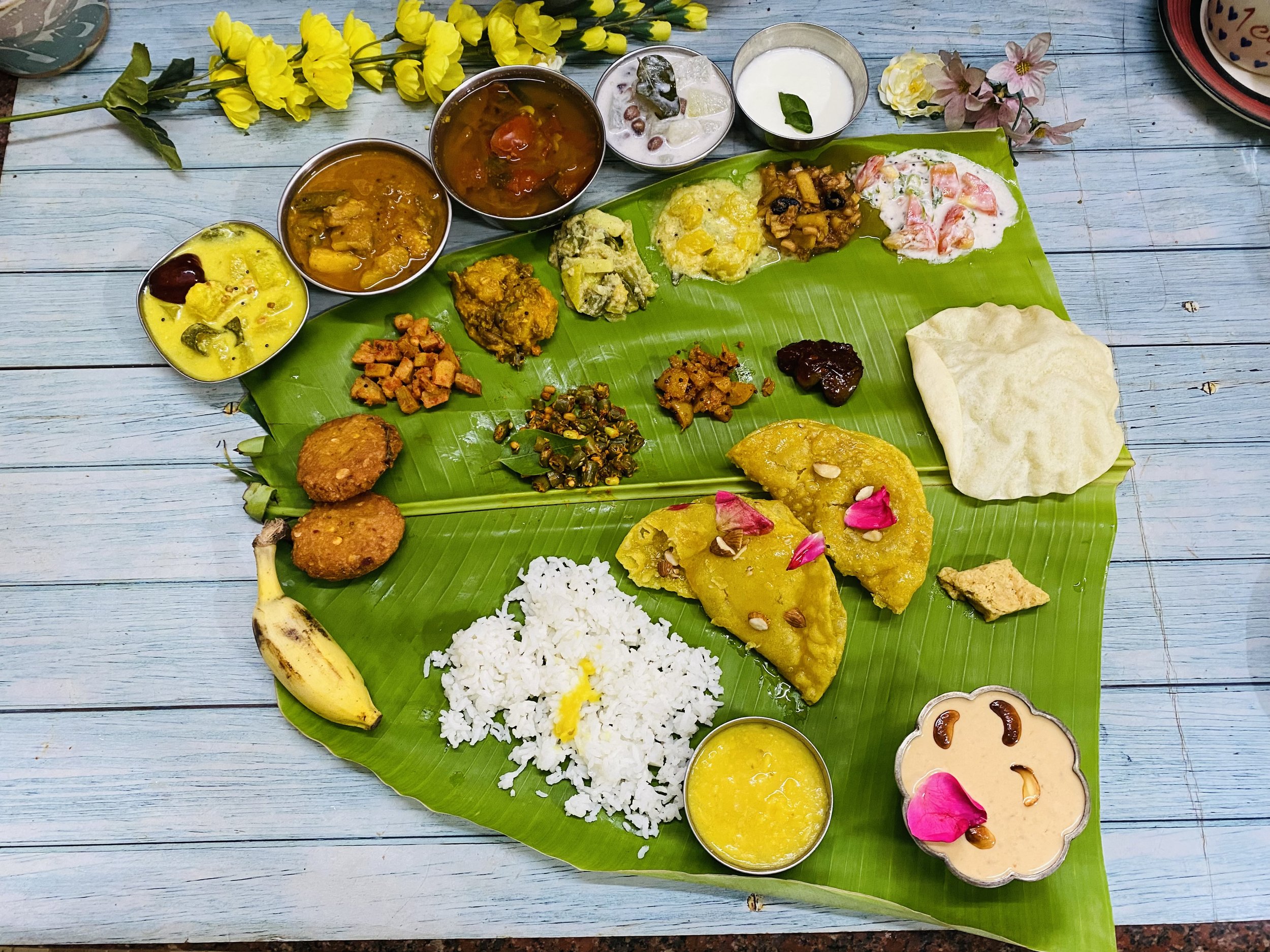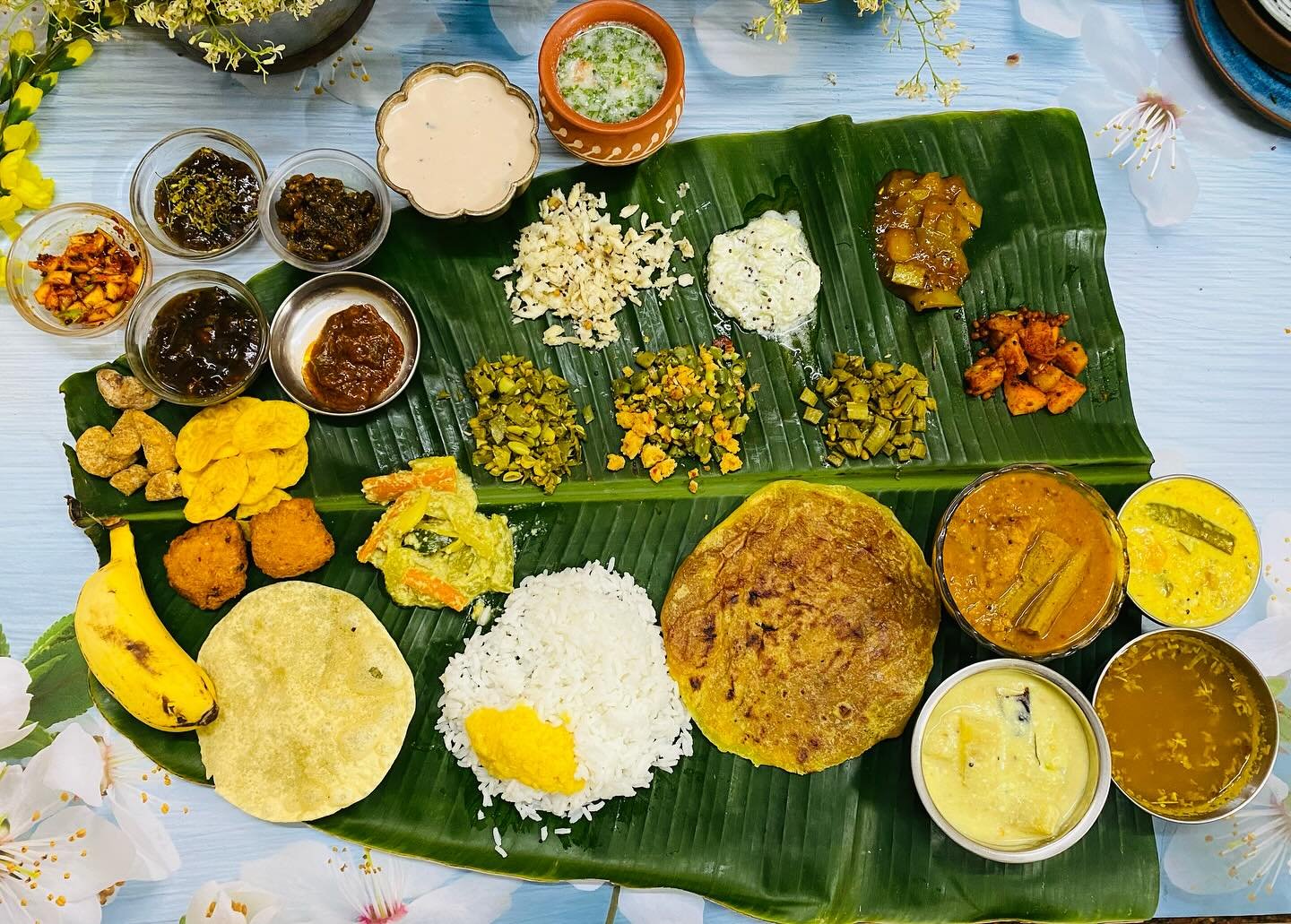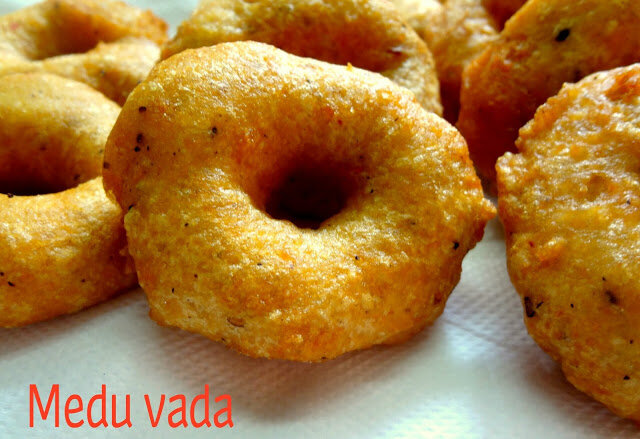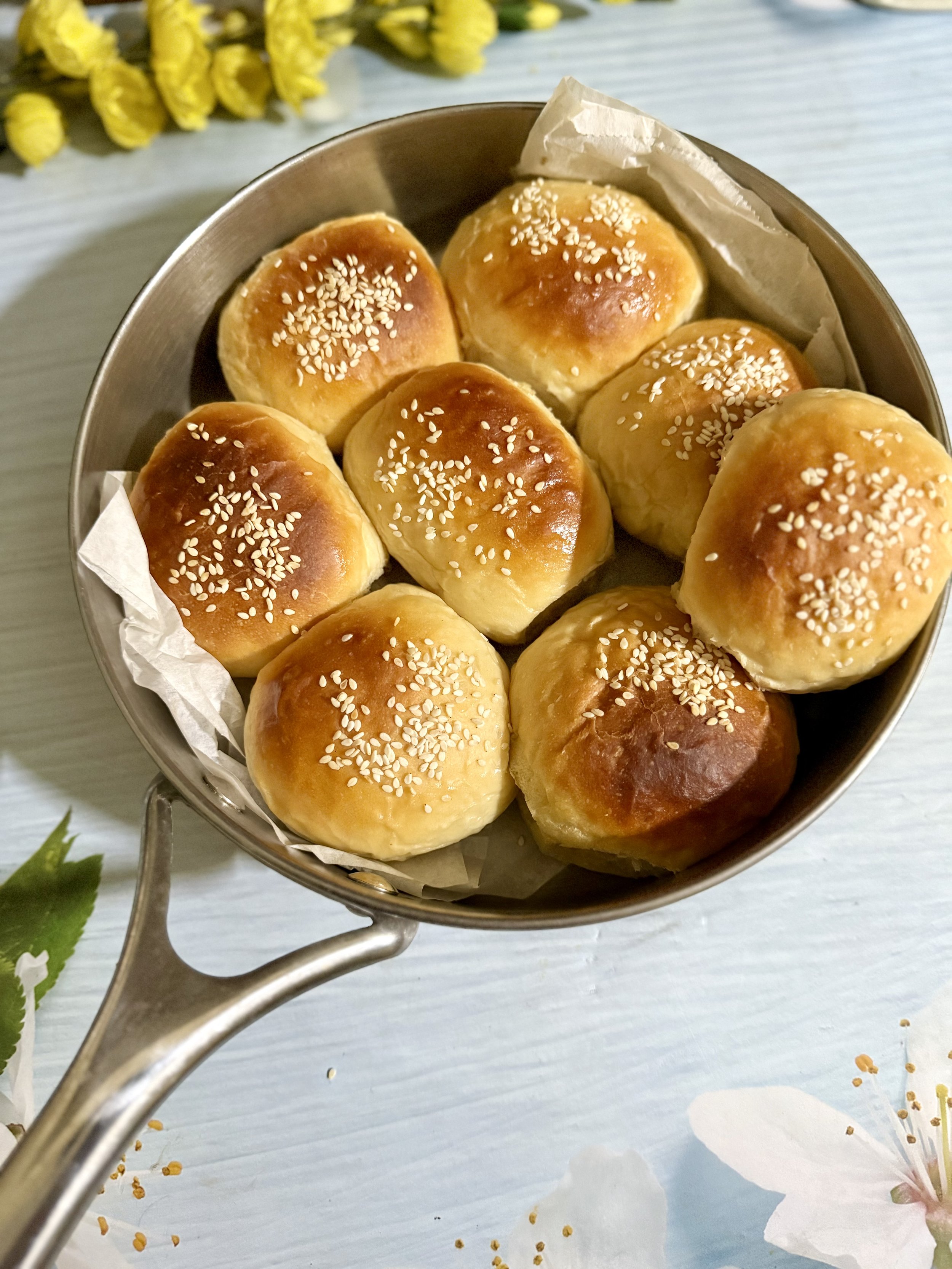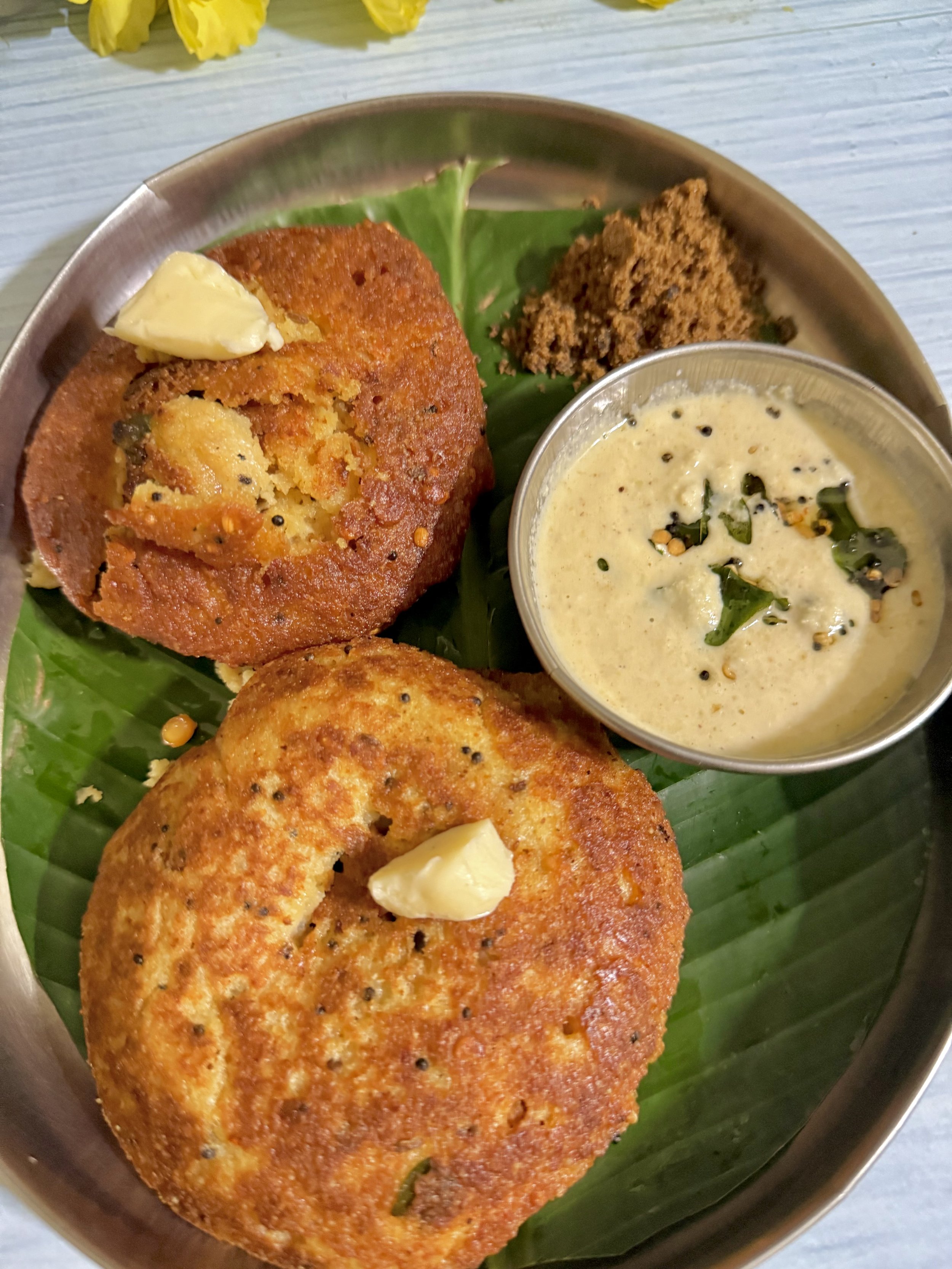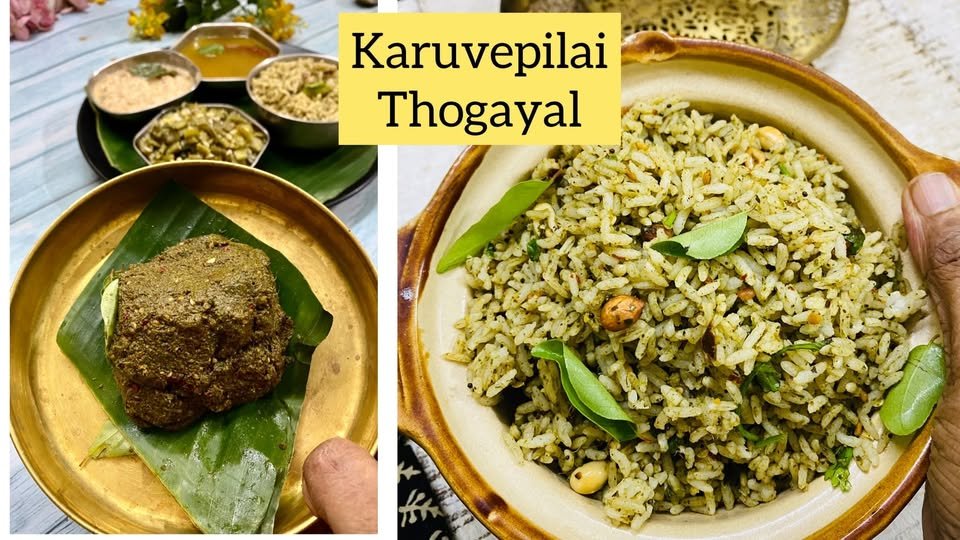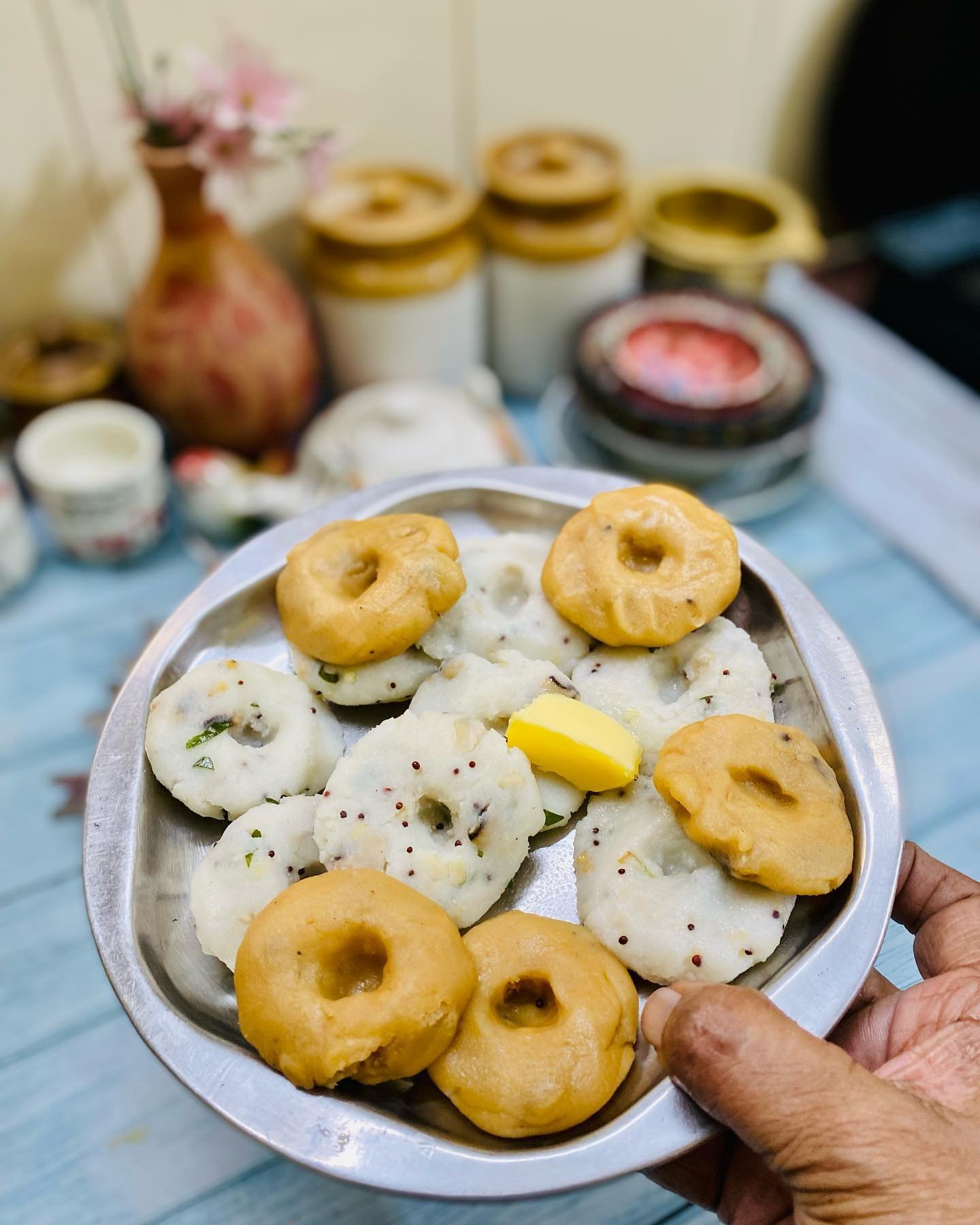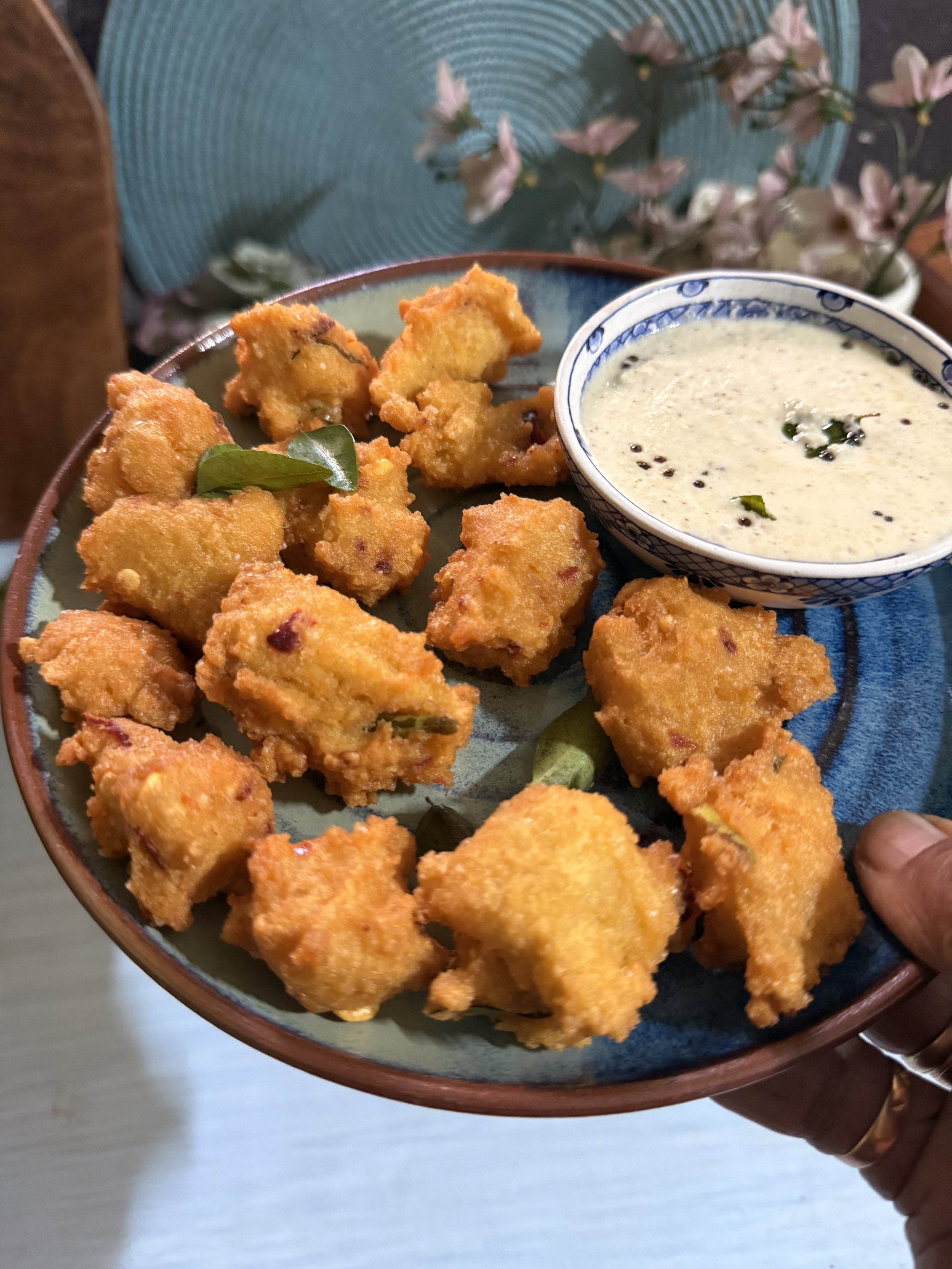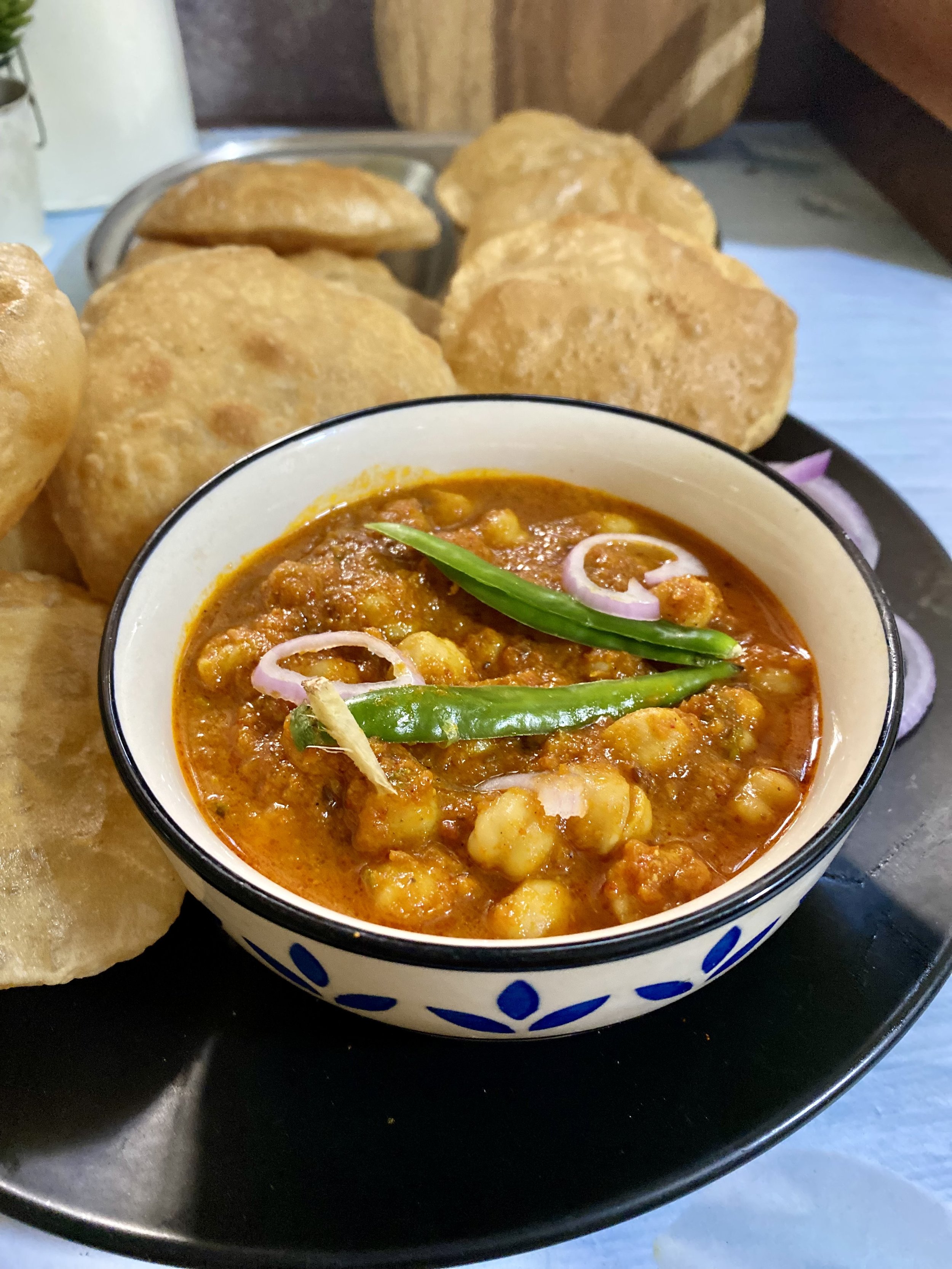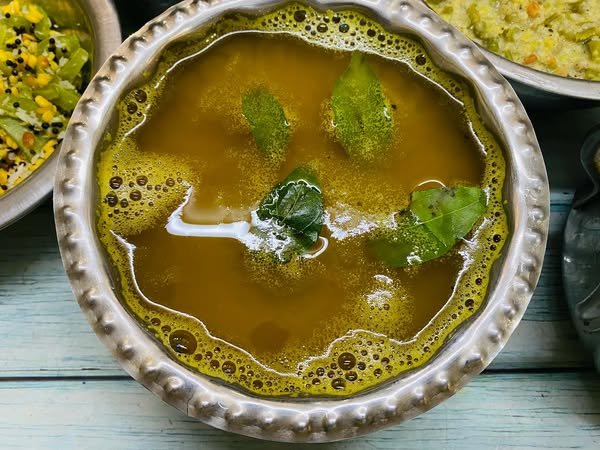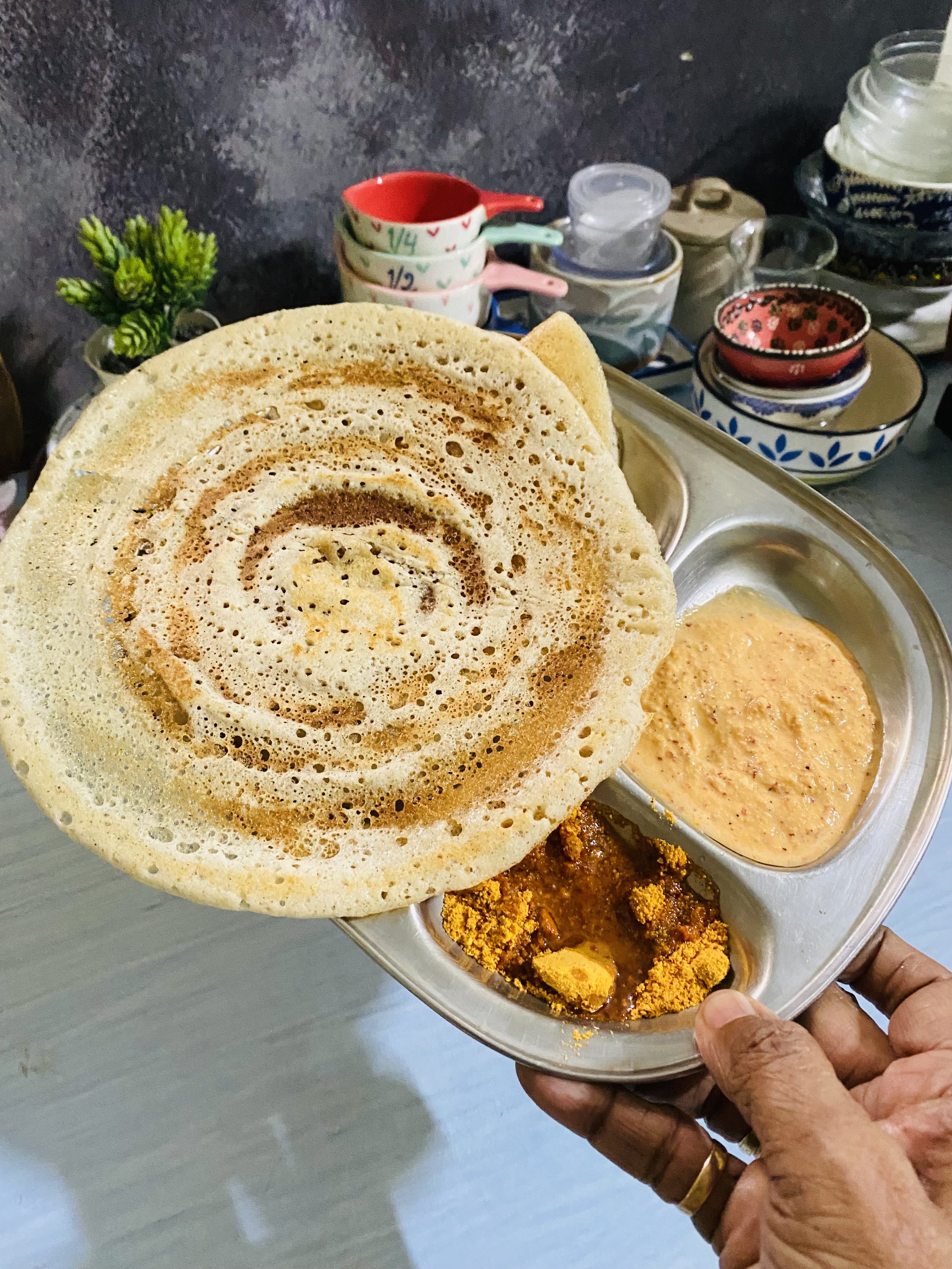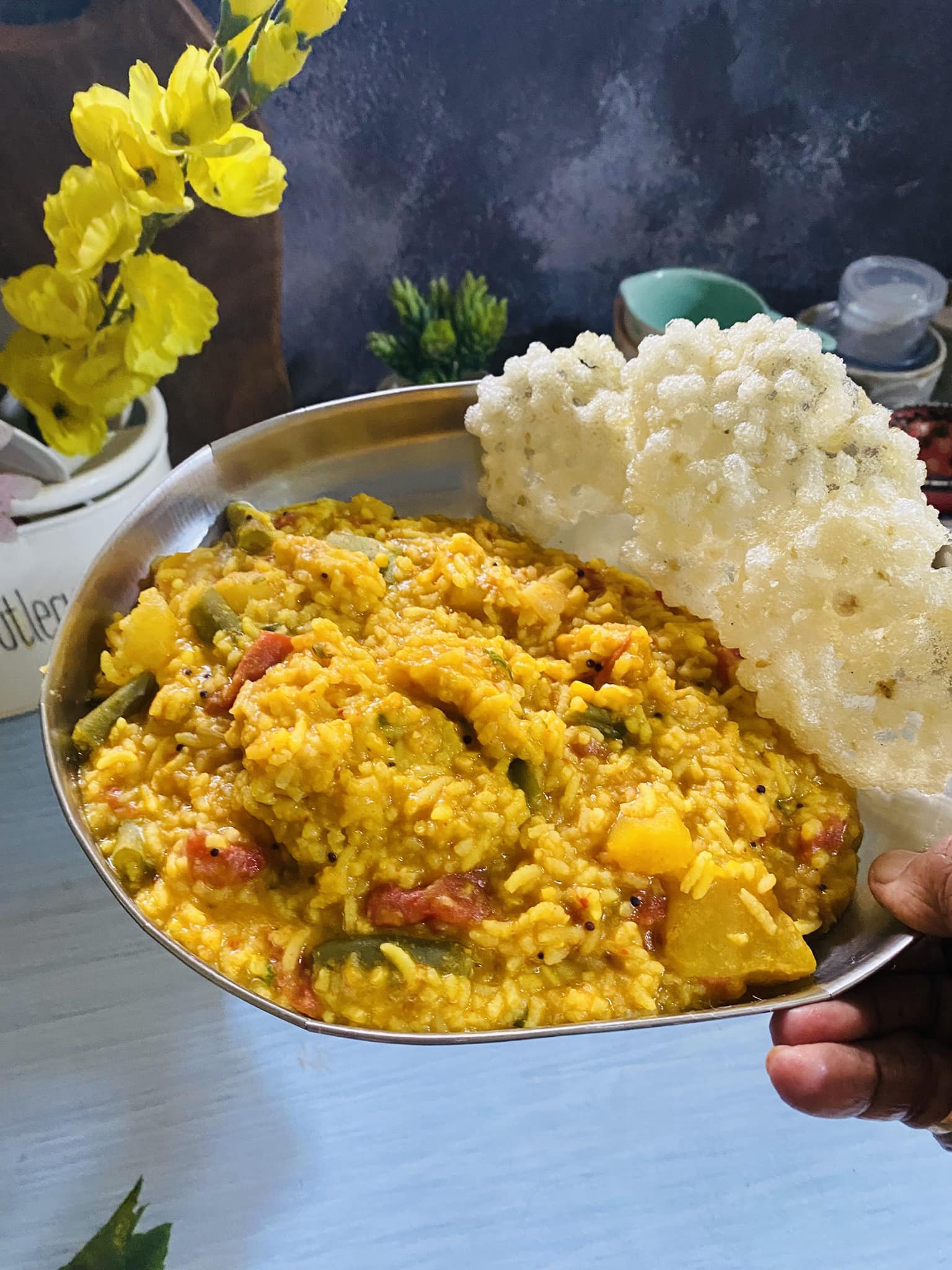Aadi Pooram
Aadi Pooram
Aadi Pooram is a special day observed to celeberate Godess Shakti believed to visit us to bestow her divine blessings to her ardent devotees.
Aadi pooram or Andal Jayanthi is celebrated on the Pooram or Poorva Phalguni Nakshatra of Aadi/Shravana Month. This festival is a significant celebration in South India, especially Srirangam. Shri Andal is one of the twelve Alwars and is believed as an incarnation of Goddess Lakshmi.
Aadi pooram Andal pic courtesy Divya desam.com
Aadi Pooram is celeberated on 07 th August 2024
Aadi Pooram is one the major festival celebrated in every Vaishnavite temples. It falls on the Aadi month , the fourth month of the Tamil calender , and on the Pooram star . This day is considered as Goddess Andal's Birthday , and it is also believed that Andal is the incarnation of goddess Lakshmi. Andal is one among the 12 Alwars , and she is a great poetess , who is well known for her works which include Thiruppavai and Nachiar Thirumozhi . Andal and all other alwars are the most famous devotees of Lord Vishnu.
Aadi Pooram is also called as andal Jayanthi , a very important festival dedicated to Godess Andal who is an incarnation of Godess Lakshmi .
Aadi Pooram is major festival in Vishnu temples. Various incarnations of Goddess Shakti are worshipped on this day. If the festival falls on a Friday it is considered highly auspicious and the festival is celebrated more elaborately with numerous rituals.
Andal is also known as Godadevi, Nachiyar and Kothai, and is is the only female Alvar among the 12 Alvar saints of South India.
The day of Aadi Pooram festival is celeberated as the day of Goddess Shakti as it is believed that the Goddess herself comes to Earth in this auspicious day, to bless Her devotees. .In the event, glass bangles are offered to Goddess Andal and then distributed among all devotees.
The festivities go on with great fervour and it is beleived the Godess herself comes to Earth to bless devotees.
The word ‘Aadi’ also implies the fourth month according to the Tamil calendar and Pooram means the 27 stars in the Hindu Astrology . People in Tamil Nadu are well aware of the deep devotion and love that Andal had for Sri Ranganatha, a form of Lord Vishnu . All the shakti temples all over the state have a festive air and great pomp and splendour with celeberations and special poojas for the Godess. In the Siva temples in Tamilnadu the day is also known as the Valaikapu , the bangles hold great significance to the unmarried young girls and to young couples who want to bear children . The Godess blesses them and the valakaapu bangles is a protection against evil forces.
Festivities during Aadi Pooram:
Aadi Pooram is a ten day event , and the last day is observed as the Aadi Pooram and a grand marriage ceremony of Goddess Andal and Sri Ranganathaswamy is conducted. This event is also known as ‘Thirukalyanam’.
Godess Andal is adorned in all grand wedding finery , clothes and jewels , with elaborate garlands . A grand feast is prepared and offered to the Godess . This is the wedding of Godess Andal with Lord Vishnu himself, so all devotees converge to witness the marraige . The festivities contnue throghout the day.
On this important religious day devotees also read the Thirupavai and Lalitha Sahasranamam.
The story of Andal
A Vaishnava saint named Periyalwar of Srivilliputtur also called as Vishnu Chitha was childless for a long time , he prayed fervently to Sri Ranganatha and Godess Lakshmi for a child . The Gods pleased with his sincereity and great devotion blessed him with a baby girl . . This baby girl was actually Goddess Lakshmi who appeared as a child on a field in which the saint was ploughing , with great gratitude the saint accepted the child as his own , named her as Kothai , this incident happened on the Pooram day in Aadi month .Kothai grew up to be ar ardent devotee of Lord Ranganatha.
It was the practice of Vishnu Chita to prepare a garland of Tulasi leaves for the Lord, his child Kothai would wear it first before he took it to the temple , the devotee changed the garland with a fresh one to offer to the Lord, but it was refused by Him , Lord Vishnu saying he would accept only the garland which was worn by Kothai , it was then the devotee realise his baby girl was Godess Lakshmi. He was joyous beyond words to realise his baby was Godess Lakshmi herself .
Andal then came to be known as Choodi Kodutha Sudarkodi, meaning ‘garland offered after being worn’.
Andal during her lifetime has written several verses singing the praise of Sri Ranganatha. Thiruppavai and the Nachiyar Thirumozhi are the famous compositions of Andal.
Aadi Pooram is major festival in Vishnu temples. Various incarnations of Goddess Shakti are worshipped on this day. If the festival falls on a Friday it is considered highly auspicious and the festival is celebrated more elaborately with numerous rituals.
Akkaravadisal
On this day every house and in temples all over the state a special delicious neivediyam called Akkaravadisal is prepared and offerd to the Godess among other prasadams .
Delicious sweet Akkaravadisal is a lipsmacking prasadam so similar to sakkarai pongal but the taste is even more delicious as the rice and dal is cooked completely in milk and as the mixture cooks, the milk also thickens thereby adding extra creamy taste to the akkaravadisal.
This is a must prepare neivediyam in Marghazhi month, esp to be prepared on Koodaravalli day 27 th day . Sri Andal Nachiar sang a verse of Thirupavai on each day of Margazhi month (totally 30 verses) in praise of Lord Narayana. In the 27th verse, "Koodaarai vellum seer Govinda..."
Sri Andal imagines that at the end of Paavai Nonbu, she and other Gopikas are sharing sweet made of rice and ghee with Lord Narayana.
Hence the 27th day of Margazhi month is celebrated as Koodaravalli.Hence devotees will prepare this akkaravadisal and offer to the Lord Govinda and end the fast .
Ingredients
Raw rice - 1cup
Milk - 1 1/2 ltr to be added in stages
ghee 1/4 cup , can add more if you like
Moong dhal - 2 tbsp
pinch of nutmeg powder
pinch of cardamom powder
pinch of edible camphor
2 tbsp ghee to fry cashewnits and raisins
Jaggery - 2 1/2 cups
Method
Take a wide heavy bottomed pan like uruli a bronze heavy wide open vessel if you have one.
Clean both the rice and dal and dry roast them till a fine aroma wafts and turns golden in colour.
Add the milk and cook the rice , dal mixture on a slow fire or the other way is to pressure cook tilll the mixture gets very soft and will soften mushy when you press with your fingers. add milk at intervals if mixture is thickening .
In a separate pan melt the jaggery in little water and filter the syrup off the scum and sediments . I have followed the authentic old way of slow cooking in bronze vessel, while stirring ocassionally.If pressed for time , you can always rely on the good old pressure cooker but need to keep upto 10 whistles.
Add the jaggery to the rice , dal mixture and keep stirring slowly. add ghee at intervals .
In a small tadka pan , add some ghee , roast the cashew nuts and the raisins and pour this in the hot simmering Akkaravadisal.
Add the pinch of cardamom powder and the edible camphor. Add the saffron infused milk to the sweet and stir well.
The Jaggery milk mimxture would have now turned lightly thick but still not lumpy and a attained a nice golden milky texture in looks.
Unlike the sakkarai pongal the consistency of Akkaravadisal is thickly runny but not watery .
At this stage you can switch off the flame and serve with some more melted ghee on the top if you wish.
This is such a simple easy recipe which you can prepare in minutes with the help of pressure cooker.
Browse my Instafeed for more . Follow me in Instagram .














